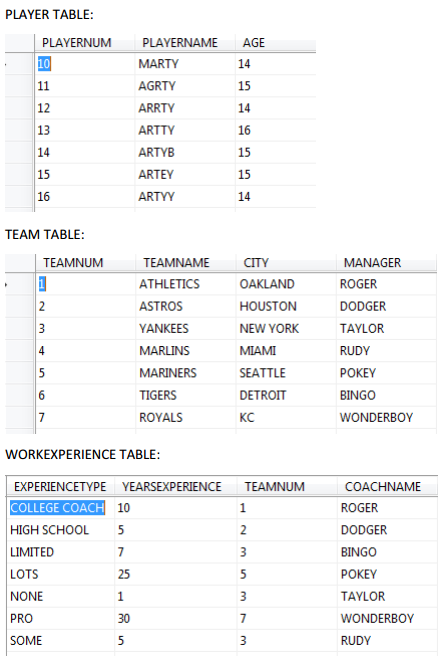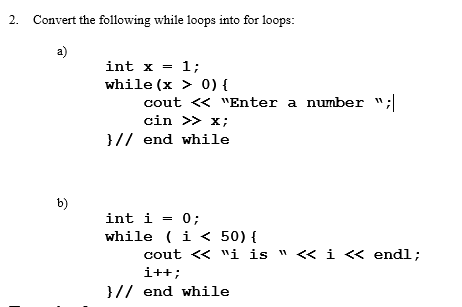
Let's take another example where even if the condition is false, still the loop will be executed once. Let's implement the above example using do.while loop, The do.while loop is a little different from all the loops in PHP because it will execute at least one time, even if the condition is false, can you guess how? Well because the condition is checked after the loop's execution, hence the first time when the condition is checked, the loop has already executed once. Note: We have added a symbol | just to separate the numbers, it has no functional use in the above code.
#CONVERT IF STATEMENT TO FOR LOOP IN PHP CODE#
It executes the given code until the specified condition is true.įor example, let's take the problem mentioned in the beginning of this tutorial. The while loop in PHP has two components, one is a condition and other is the code to be executed.

In a Loop, we generally specify a condition or a LIMIT up till which the loop will execute, because if we don't specify such a condition, how will we specify when the loop should end and not go on for infinite time. The following behavior-changing defect reports were applied retroactively to previously published C++ standards.As the name suggests, a Loop is used to execute something over and over again.įor example, if you want to display all the numbers from 1 to 1000, rather than using echo statement 1000 times, or specifying all the numbers in a single echo statement with newline character \n, we can just use a loop, which will run for 1000 times and every time it will display a number, starting from 1, incrementing the number after each iteration or cycle. Switch and goto are not allowed to jump into a branch of constexpr if statement or a consteval if statement (since C++23).

If statement-true is entered by goto or longjmp, condition is not evaluated and statement-false is not executed.īuilt-in conversions are not allowed in the condition of a constexpr if statement, except for non- narrowing integral conversions to bool. Std:: map m std:: mutex mx extern bool shared_flag // guarded by mx int demo ( ) In the second form of if statement (the one including else), if statement-true is also an if statement then that inner if statement must contain an else part as well (in other words, in nested if-statements, the else is associated with the closest if that doesn't have an else).

If the else part of the if statement is present and condition yields false after conversion to bool, statement-false is executed. If the condition yields true after conversion to bool, statement-true is executed. is evaluated in a manifestly constant-evaluated context, if ! is preceding consteval.is not evaluated in a manifestly constant-evaluated context, if ! is not preceding consteval.is not evaluated in a manifestly constant-evaluated context, if ! is preceding constevalĪny statement (must be a compound statement, see below), which is executed if the if-statement.is evaluated in a manifestly constant-evaluated context, if ! is not preceding consteval.declaration of a single non-array variable with a brace-or-equals initializer.Īny statement (often a compound statement), which is executed if condition evaluates to trueĪny statement (often a compound statement), which is executed if condition evaluates to falseĪny compound statement, which is executed if the if-statement.expression which is contextually convertible to bool.

Note that any init-statement must end with a semicolon, which is why it is often described informally as an expression or a declaration followed by a semicolon.


 0 kommentar(er)
0 kommentar(er)
